A lease option grants you the exclusive right to purchase a property at a predetermined price after a specified rental period, typically one to three years. You’ll pay an upfront option fee, usually 1% to 5% of the home’s value, and monthly rent may include a surcharge with credits toward the purchase. This arrangement provides flexibility and security, locking in the purchase price while you decide on ownership. Further details clarify its legal and financial implications.
Key Takeaways
- A lease option grants renters the exclusive right to purchase property at a predetermined price.
- It typically involves a lease term of one to three years and an upfront option fee (1%-5% of the home’s price).
- Monthly rent may include a surcharge, with a portion credited toward the purchase price.
- Tenant-buyers can decide to buy or walk away after the lease ends; not buying forfeits fees and credits.
- Lease options provide flexibility, security, and higher rental income for landlords.
What Is a Lease Option?
A lease option grants renters the exclusive right to purchase the leased property at a predetermined price within a specified period, typically one to three years. Under a lease option agreement, you secure an option to purchase the property, which locks in the price regardless of market fluctuations. To initiate this arrangement, you must pay an upfront option fee, usually 1% to 5% of the home’s sale price, which is often credited toward the down payment if you exercise the option. Monthly rent payments may include a surcharge, with a portion allocated toward the purchase price. If you choose not to buy the property, you forfeit the upfront option fee and any rent credits accumulated. This structure allows you to improve your financial standing while protecting against price increases, providing flexibility and security in your housing investment.
How a Lease Option Works
You’ll agree on a purchase price upfront, which remains fixed throughout the lease term regardless of market fluctuations. An upfront option fee secures your right to buy the property, often applied toward the down payment if you proceed with the purchase. This structure provides flexibility, allowing you to decide whether to buy or walk away after the lease period ends.
Agreement on Purchase Price
When entering a lease option agreement, the purchase price is typically established at the lease’s inception. This agreement on purchase price guarantees that the tenant-buyer can secure the property at the predetermined rate, regardless of future market changes. The purchase price is often set at the property’s current market value when the lease option begins, potentially benefiting the tenant if values rise. While some agreements allow the purchase price to be determined later, this introduces uncertainty and must be explicitly outlined in the contract. The upfront option fee, typically 1% to 5% of the purchase price, is credited toward the purchase price if the tenant exercises the option. Rent credits may also apply, with a portion of monthly payments allocated to the down payment. Seller financing can provide flexible terms that make lease options more accessible and beneficial for both parties.
Upfront Option Fee Payment
The upfront option fee secures the tenant-buyer’s exclusive right to purchase the property under the lease option agreement. This fee, typically ranging from 1% to 5% of the property’s sale price, constitutes valuable consideration, legally binding the terms of the lease option agreement. It is generally non-refundable but credited toward the down payment if the tenant-buyer exercises the purchase option. By paying the upfront option fee, you guarantee the property remains available for purchase at a predetermined price throughout the lease term. Failure to exercise the purchase option by the lease’s end results in forfeiture of the fee and any additional rent credits. This payment is essential in establishing the tenant-buyer’s priority claim to purchase the property, making it a critical component of the lease option agreement.
Flexibility for Tenant-Buyers
A lease option grants tenant-buyers the flexibility to secure a property without an immediate obligation to purchase it. Under lease option agreements, you, as a tenant-buyer, can reside in the property for a predetermined period, typically between one to three years, while deciding whether to buy. During this time, you’ll pay monthly rent, often slightly above market rate, with a portion credited toward the purchase price. The agreed-upon purchase price remains fixed, shielding you from market fluctuations. If you choose not to proceed with the purchase, you can opt to let the lease expire, forfeiting the upfront option fee and any rent credits but avoiding further obligation. This structure provides tenant-buyers with time to improve financial readiness while retaining flexibility.
Requirements for a Lease Option

To establish a lease option, you’ll typically pay an upfront option fee, usually between 1% and 5% of the property’s value, securing the right to purchase it later. This option consideration is non-refundable and compensates the seller for taking the property off the market. You’ll also enter a lease option contract, which outlines the lease term, purchase price, and other critical terms. The lease term generally ranges from one to three years, during which you’ll pay monthly rent, often with a surcharge. A portion of this rent may be credited toward the purchase price if you exercise the option. The contract must specify maintenance responsibilities, property disclosures, and any other legal obligations.
| Component | Description | Details |
|---|---|---|
| Option Fee | Upfront payment | 1%-5% of property value |
| Lease Term | Duration of agreement | Typically 1-3 years |
| Rent Surcharge | Additional monthly payment | ~10% above standard rent |
Lease Option Terms
Lease option terms outline the specific conditions under which a tenant can exercise the right to purchase the property. Under the lease option agreement, you’ll typically commit to a lease term of one to three years, during which you gain exclusive occupancy and the option to buy. The purchase option price is set at the outset and remains fixed, shielding you from market fluctuations. You’ll pay an upfront option fee, usually 1% to 5% of the property’s value, to secure this right. Monthly rent may include a surcharge, often 10% above fair market rent, with a portion allocated as rent credit toward the down payment if you exercise the purchase option. The agreement specifies key details, including the exercise period for notifying the seller of your intent to buy and the exact terms governing rent credit accumulation. These terms are legally binding and must be adhered to.
Industries With Lease Options

Various industries leverage lease options to provide flexibility and mitigate financial risks. You’ll find lease options in sectors where property owners and businesses aim to balance financial commitment with operational needs. These agreements allow you to secure assets temporarily while retaining the option to purchase them later, reducing upfront costs and uncertainty.
- Real Estate: Lease options let renters secure the right to buy a property after a rental period, sharing risk between tenants and property owners.
- Automotive: You can lease vehicles with the option to buy them at the end of the term, often at a pre-agreed price.
- Equipment Leasing: Businesses use lease options to test machinery before committing to a purchase, managing capital investment.
- Technology: Organizations lease software or hardware with the possibility of future ownership, ensuring compatibility before a financial commitment.
Lease options adapt to diverse industries, offering structured pathways to ownership while minimizing financial exposure.
Reasons to Use a Lease Option
When exploring alternatives to immediate property acquisition, a lease option offers a structured mechanism to secure future ownership while deferring the purchase decision. As a tenant, you benefit from locking in a predetermined purchase price, shielding yourself from potential market fluctuations during the lease term. A portion of your rent may apply toward the down payment, enabling you to build equity without upfront capital. This arrangement allows you to test the property and neighborhood, mitigating the risk of buyer’s remorse before committing to ownership. For the property owner, a lease option broadens the pool of potential buyers, particularly those who lack traditional financing qualifications. Additionally, the property owner may command higher rental income, as lease option agreements often include rent premiums above fair market value. This mutually beneficial agreement provides flexibility and financial advantages for both parties while formalizing future purchase terms. Implementing balloon payments within the lease option can provide additional financial flexibility for both parties, encouraging buyers to secure long-term financing.
Lease Option vs. Right of First Offer

You must understand the key differences between a lease option and a right of first offer, as each carries distinct legal implications and obligations. A lease option binds the seller to sell if the tenant exercises their purchase right, while a right of first offer permits the seller to evaluate other offers if the tenant declines. Analyzing factors like upfront fees, purchase timelines, and tenant responsibilities will help you determine which arrangement suits your transaction.
Key Differences Explained
Although both a lease option and a right of first offer provide tenants with potential purchase opportunities, they differ considerably in structure and obligations. A lease option grants you the exclusive right to buy the property at a predetermined purchase price after the lease term, whereas a right of first offer merely allows you the first chance to negotiate a purchase should the owner decide to sell. Under a lease option, you typically pay an upfront fee, which may be credited toward the purchase price, while a right of first offer usually requires no such payment. The lease option binds you to the purchase if you exercise it, but a right of first offer imposes no such obligation. Additionally, the lease option takes the property off the market during the lease, whereas a right of first offer permits the owner to market the property concurrently.
- Exclusivity: Lease option secures exclusive purchase rights; right of first offer does not.
- Fee Structure: Lease option often includes an upfront fee; right of first offer generally does not.
- Obligation: Lease option binds you to buy if exercised; right of first offer does not.
- Market Status: Lease option removes the property from the market; right of first offer allows concurrent marketing.
Legal Implications Compared
Since a lease option establishes a binding contractual obligation to purchase the property if exercised, it carries significant legal weight for both parties. Under a Lease Option, you secure the right to purchase the property at a predetermined price, enforceable through specific performance if the seller breaches. The upfront option fee further solidifies this commitment, often crediting toward the purchase. Conversely, a right of first offer grants you an opportunity to negotiate purchase terms but lacks binding force until exercised. This creates a less rigid legal framework, as the seller retains flexibility to sell to others if you decline. Given the complexity of Lease Options, you should seek legal advice to guarantee clarity on terms, obligations, and enforceability, particularly regarding the right to purchase and associated financial commitments.
Decision Factors Analyzed
When evaluating a lease option versus a right of first offer, key decision factors include the level of certainty, financial commitments, and procedural timelines. A lease option provides a fixed purchase price upfront, shielding you from market volatility, while a right of first offer leaves the purchase price subject to negotiation based on prevailing market conditions. You’ll also need to take into account upfront costs, as a lease option typically requires an option fee and rent credits, whereas a right of first offer usually doesn’t involve upfront payments. Procedural timelines also differ—a lease option sets a specific period to exercise the purchase right, while a right of first offer may allow for extended negotiation without an immediate commitment.
- Fixed vs. negotiable purchase price
- Upfront fees and rent credits in lease options
- Maintenance responsibilities during lease periods
- Defined vs. flexible procedural timelines
Special Considerations
Lease options require careful attention to specific legal and financial details to secure both parties’ interests are protected. When drafting a lease-option agreement, you must clearly define the option fee, which is typically non-refundable and ranges from 1% to 5% of the purchase price. Additionally, specify maintenance and repairs responsibilities to avoid disputes during the lease term. Monthly payments are often above market rate, with a portion allocated toward the down payment to build equity. The purchase price is usually locked in at the start, shielding you from future market increases. Legal protections vary by jurisdiction, so consult an attorney to guarantee compliance. Below is a summary of key considerations:
| Aspect | Details | Considerations |
|---|---|---|
| Option Fee | 1% to 5% of purchase price | Non-refundable |
| Maintenance and Repairs | Outlined in contract | Avoid disputes |
| Purchase Price | Agreed at lease start | Protection from price increases |
Precision in these terms secures a smooth agreement.
Conclusion
A lease option lets you lock in a later purchase at preset prices and terms today. Through this pact, you pay a premium to potentially procure property post-lease. Confirm you fully fathom the financials—from fees to future payments—to avoid pitfalls. Carefully craft contracts to clearly convey conditions and cure defaults. Leverage legal language to list liability limits. Whether for real estate or resources, a lease option flexibly finances future purchases.




